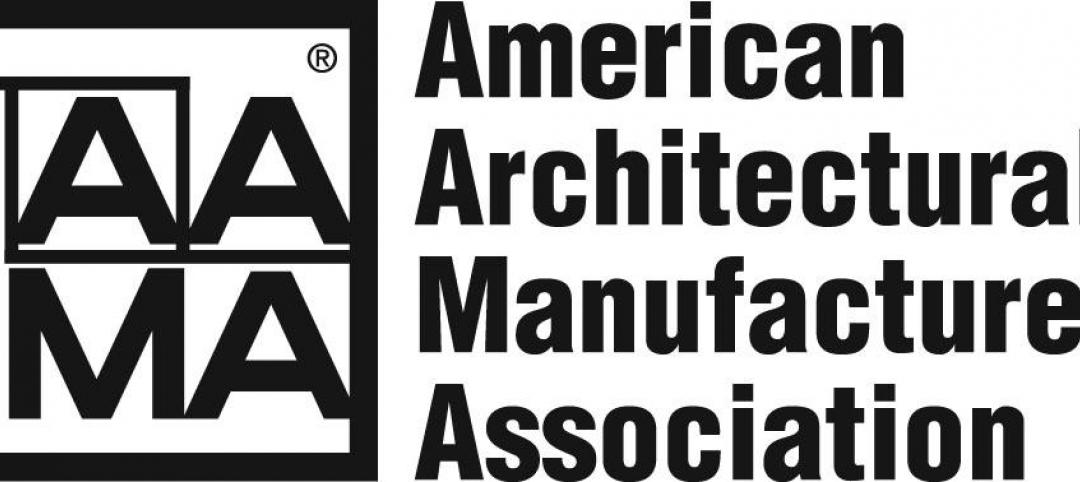Skanska USA Building will provide initial embodied carbon assessments on every new construction project it works on greater than 5,000m3 (53,000 sf).
The company will use the Embodied Carbon in Construction Calculator (EC3), a product it co-created with industry partners. Skanska USA Building has been piloting EC3 in partnership with Skanska Commercial Development in the U.S. since 2019.
“The data and tools provided by Skanska’s evaluations provide customers with actionable information to make significant and lasting choices about reducing carbon on their projects,” said Paul Hewins, president & CEO, Skanska USA Building. “Customers have the power to positively affect the supply chain if they choose to invest in full or partial materials tracking and reporting.”
Use of the EC3 tool over the last two years has shown that a 30% reduction in embodied carbon is typically achievable for little or no cost, Skanska says. Skanska recently partnered with the Rocky Mountain Institute on a study that produced similar results.
EC3 is available free and open source at www.buildingtransparency.org.
Related Stories
| Nov 26, 2012
Minnesota law to spur development, job creation produced few jobs
Legislation that allowed local governments to direct excess property tax dollars from tax-increment financing districts into other private developments was supposed to kick-start construction hiring in Minnesota.
| Nov 26, 2012
How to boost resilient systems that are sustainable
Cities of the future can be both more resilient and more sustainable by promoting strategies that include solar power and green roofs, programs that minimize demand for energy, rain gardens, and permeable pavement.
| Nov 26, 2012
Developer of nation’s first LEED platinum skyscraper focuses on carbon reduction
The Durst Organization, the developer of the first LEED platinum certified skyscraper in the country, says it will not seek LEED certification for its residential pyramid planned for New York’s West 57th Street.
| Nov 26, 2012
Questions linger over ability of Miami's newer high-rises to withstand hurricanes
Some towers in Miami, rebuilt after a hurricane in 2005, were allowed to be constructed under older building codes instead of newer ones created after Hurricane Wilma.
| Nov 26, 2012
Changes in development and building standards needed for health of Potomac River
The Potomac River’s health stands to suffer if the region does not change its development and building standards, according to the Potomac Conservancy.
| Nov 16, 2012
South Dakota prefers LEED over building code on state projects
“(LEED is) much better than a mandatory building code because you get a little wiggle room in these projects,” said Mike Mueller, a spokesman for the South Dakota Bureau of Administration.
| Nov 16, 2012
AAMA publishes quality assurance guidelines for Polyamide Thermal Barriers
The American Architectural Manufacturers Association (AAMA) has published QAG-2-12, Voluntary Quality Assurance Processing Guide for Polyamide Thermal Barriers.












